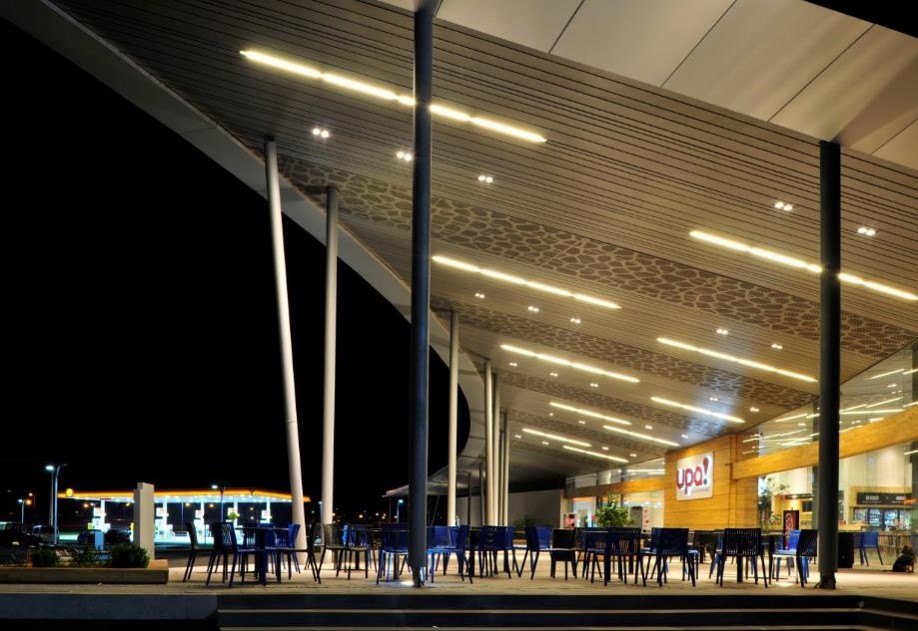Gypsum or POP? Which is the best for False Ceiling?
False Ceilings have lately gained immense popularity because of the several benefits it offers. It plays a prominent role in delivering a clean and aesthetically pleasing space. The flexibility and artistic freedom that a false ceiling offers makes it easier to work it and is thus adopted by many individuals. There are various false ceiling types prevalent in the market that changes the entire look of the house. Similarly, there are multiple materials used for false ceilings that have their respective pros and cons. However, the two materials that are hugely popular are Gypsum and POP. However, choosing an option that suits you best might get overwhelming.
Here are a few points that lay down the differences between Gypsum and POP:
Gypsum: It is a material that lasts for a long period of time and is prepared using gypsum plasterboard. It’s mostly used in spaces that are huge and those areas that require central air conditioning and can be easily availed through false ceiling suppliers.
Advantages:
● It offers a clean and smooth appearance. This is often achieved due to the less number of joints used in the ceiling to attach the board.
● The installation process is easy and so is the cleaning process.
● Gypsum boards are usually manufactured in factories which help in maintaining the consistency and quality thus delivering excellent results.
Disadvantages:
● It is costlier than POP.
● The installation may be easy but uninstalling gypsum boards is a difficult task. The entire false ceiling is required to be broken in case of repair.
● Moisture seeped in can lead to the gypsum board changing its shape or may become a breeding ground for fungus.
● Over a period of time, cracks may start to appear in the gypsum board usually around the joints due to alterations made in the ceilings for installing lights, fans and more.
POP: Also known as Plaster of Paris, it’s majorly available in the form of powder which is then turned into a paste that is given the shape of the design which is decided and placed on a chicken mesh so that it stays afloat.
Advantages:
● The durability of POP is quite high and also involves less maintenance.
● POP costs 20% to 40% less than the gypsum board.
● Is flexible both in terms of designs and application.
Disadvantages:
● Usage of POP may result in waste due to mixing and can even get messy.
● The installation can only be done when it’s completely dried.
● Getting desired results is only possible with the aid of professional laborer’s that are experienced in POP designs.
The Final Finding:
Both POP and Gypsum have their own set of for and against and the above-mentioned points will help you make a well-informed decision. However, due to its easy installation and cleaning benefits, Gypsum turns out to be a better option for false ceiling despite the little price hike as compared to POP. It’s especially beneficial in cases where complex designs are involved and can be effectively paired with other materials like plywood and glass.



